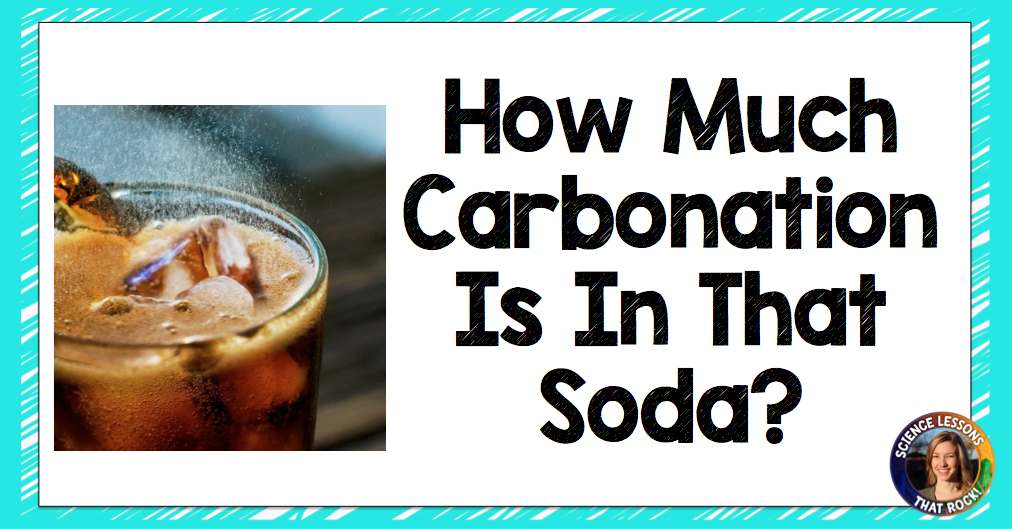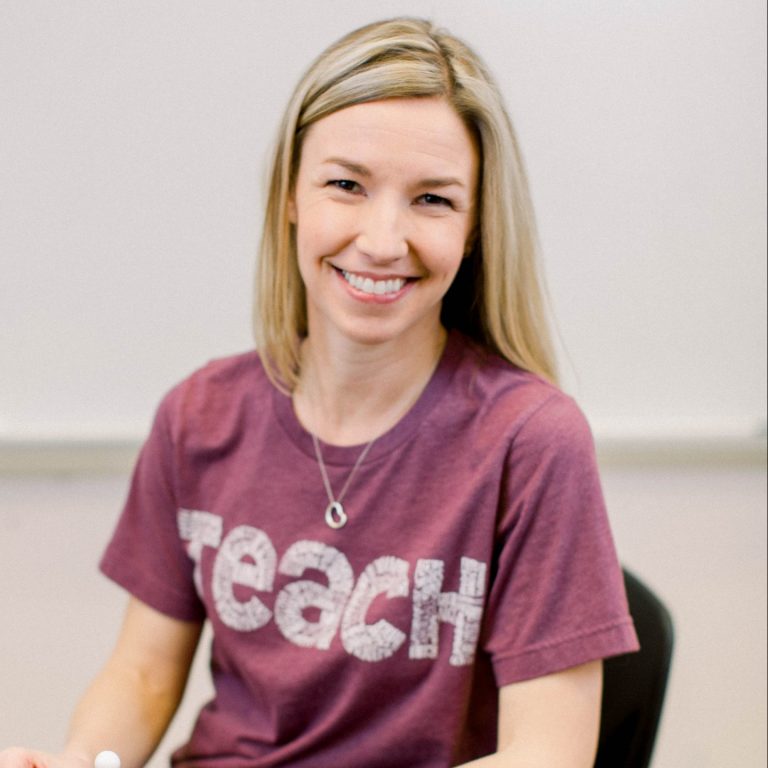~ EASY~ Great for lower grade levels. Students pour the soda into a cup, and measure the amount of time it continues to bubble.
~ MEDIUM~ (Pictured bottom left) Students cover the top of the bottle with a balloon. After shaking the balloon covered bottle, students will measure the diameter of the balloon with a string.
~ HARD~ (Pictured bottom right) Students will measure the amount of carbonation by putting a tube into the bottle, and catching the gas that escapes into a graduated cylinder. This is the most accurate way to measure the carbonation. I used a tube that was from a fish tank bubbler.
~ EXPERT~ Students will come up with their own experimental design (They may come up with one of the other three ideas already discussed). Great for inquiry, collaboration, and practice writing procedures.
To save money on this lab I buy the smaller bottles of soda, and usually snag them when they are on sale, even if I’m not doing this experiment right away. I love that this lab is a great time to review the scientific method, experimental design, and discuss variables such as temperature, rate of shaking, and other factors that could impact the results. This is a great lab for days before holidays or testing days when the kids are antsy. They will have a blast! Interested? Check it out in my TpT store HERE!








